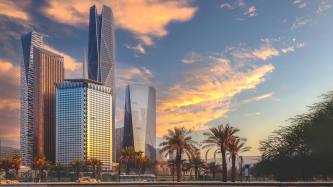It has been more than four years since global oil prices plummeted, and for countries such as Kuwait, the fifth largest producer among the Organisation of the Petroleum Exporting Countries (OPEC), lower oil prices have increasingly become the new reality.
The agreement to cut global production that was signed by major oil producing countries in November 2016 is still in place, and has helped to stabilise the market. However, for Kuwait, which relies on oil for more than 90% of its public revenue and about 60% of its gross domestic product, the current low oil price landscape is less than ideal.











